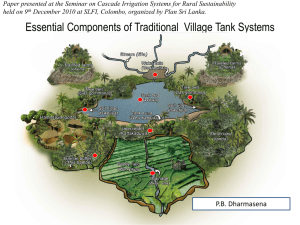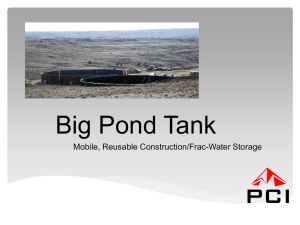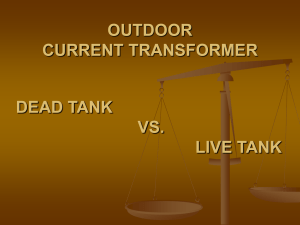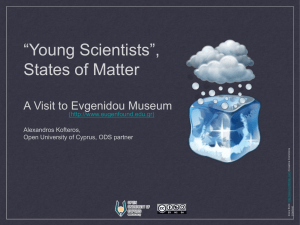PT - CMC-S
advertisement
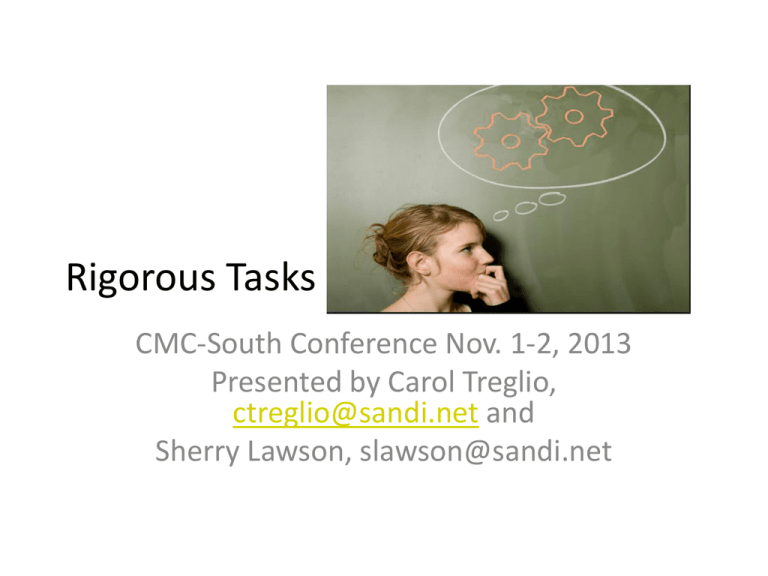
Rigorous Tasks CMC-South Conference Nov. 1-2, 2013 Presented by Carol Treglio, ctreglio@sandi.net and Sherry Lawson, slawson@sandi.net Agenda • • • • • Rigor-what is it? DOK SBAC like problems vs textbook Create problems from existing problems Impact “Novel Idea Only” • Number paper from 1 to 4. Write down 4 things that come to mind when you think of the word “RIGOR” • Draw a line under your four ideas • At your table group each person shares a “new idea”. The group echoes the idea, and adds it under their line. • At the signal, all groups stand and one group begins by reading their list of “novel ideas”. They then sit down and add other ideas to their list. Each group shares “novel ideas” only until all have participated. Webb’s Depth of Knowledge • You have both the matrix and the description of the 4 levels. • Fold the matrix into 4 columns and compare DOK level with the description. Identifying a Rigorous Task • Each envelope contains tasks, labeled A – G. • At your table, sort them into DOK levels 1 – 4. • Compare your sort with a table group next to you. SBAC Problem Textbook like Problem Sarah is buying a used car. She created a table to compare the two cars. If the average cost of gas is $3.75, which car should she buy? Volume problem from SBAC Two water tanks are shown. Tank A is a rectangular prism and Tank B is a cylinder. The tanks are not drawn to scale. Tank A is filled with water to the 10-meter mark. Click Tank A to change the water level. The volume of water that leaves Tank A is transferred to Tank B, and the height of the water in Tank B is shown. Drag one number into the box to show the approximate radius of the base of Tank B. Volume problem Canned Goods: Find the volume and surface area of a prism with a height of 4 inches and a 3 inch by 3 inch square base. Compute the results with the volume and surface area of a cylinder with a height of 5.1 inches and a diameter of 3 inches. Use your results to explain why canned goods are usually packed in cylindrical containers. Taken from McDougal Littell Geometry Tank Capacity (Prentice Hall Geometry, p.628) The main tank at an aquarium is a cylinder with diameter 203 ft. and height 25 ft. a. Find the volume of the tank to the nearest cubic foot. b. Convert your answer to part (a) to cubic inches. c. If 1 gallon = 231 in3, about how many gallons does the tank hold? Tank Problem The main tank at an aquarium is a cylinder with diameter 203 ft. and height 25 ft. 1 gallon = 231 in3 You are redesigning the aquarium to double the capacity of water. Describe your new design and why it is the best. Revising Problems from Textbooks • In pairs or in a triad choose a problem from the set of problems at your table. • Revise the problem in order to lift the rigor. Read the problem, remove the question and replace with a higher level question; use the DOK. • Move to the area in the room that contains your problem. • Share your revised problem with each other. • Be prepared to share out one revision. Candle Problem • A candle begins burning at time t = 0. Its original height is 12 in. After 30 min. the height of the candle is 8 in. Draw a graph showing the change in height. • Write an equation that relates the height of the candle to the time it has been burning. • How many minutes after the candle is lit will it burn out? From Prentice Hall Algebra 1 Candle Problem We want to buy a candle that will last for the three hours of our dinner party. We bought a candle whose original height was 12 in. After 30 min. the height of the candle was 8 in. and burns at a constant rate. Should we buy the same type of candle if it is to last for our 3 hour party? Why or why not using a mathematical model. Quick Write • What impacts occur on teaching and learning when you lift the rigor of a problem in a traditional text? • Provide an example. • Be prepared to share. Table Talk • Share your thoughts and ideas from your quick write. Reflection

